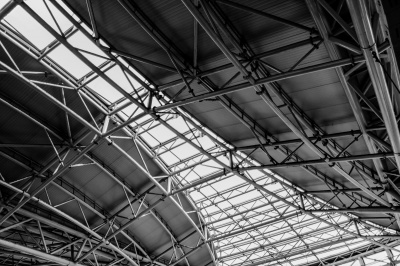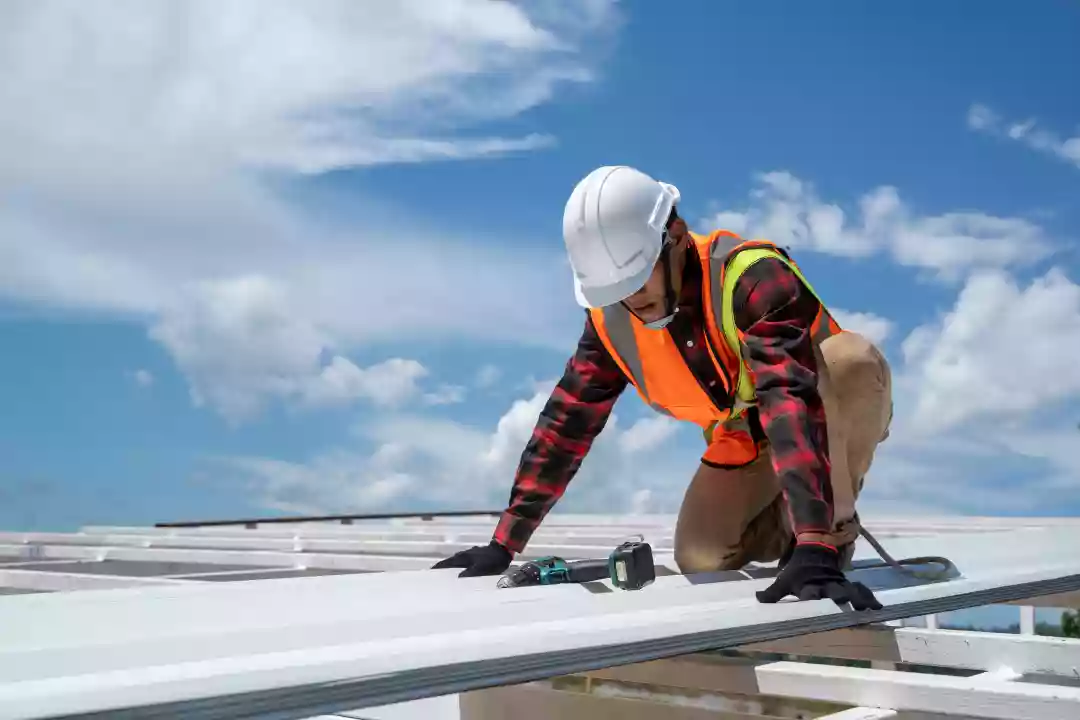How can a roof cut your energy costs?
If you want to save money on your energy bills, one of the most effective ways is to install a new roof. A modern roof can provide superior protection from the outside environment and regulate the temperature inside your home. This will ensure that your house stays cooler in the summer and warmer in the winter, leading to lower energy bills.
Modern roofing materials are designed to be more energy efficient than traditional asphalt shingles. For example, metal roofing is becoming increasingly popular because it is highly reflective, meaning it reflects the sun’s heat away from your home. In addition, metal roofs come with built-in insulation which further helps maintain interior temperatures.
Another material that can help reduce energy costs is rubber shingles. Rubber shingles are lightweight and durable and they come with a Class A fire protection rating. They are also highly reflective, helping to keep the inside of your home cooler in the summer and preventing heat loss in the winter.
Finally, there is the option of installing a “cool roof.” These roofs are made of light-coloured materials that reflect the sun’s heat away from your home. This keeps the interior temperature cool in the summer and prevents heat from escaping in the winter.
How does your roof affect your energy bill?
You may not think too much about it, but the roof over your head can make a huge difference in your energy bill. The roof is the primary barrier between your home and the outside environment. Its ability to resist heat flow, keep air from leaking out, and reflect sunlight away is essential for both comfort and cost savings. If your roof is not adequately insulated, it can cause your energy costs to skyrocket. In order to save on energy costs, you must determine how your roof is affecting your energy bill.
The material of your roof can have a large impact on the amount of energy lost in your home. If you have an outdated or damaged roofing material, such as asphalt shingles, it will not be as efficient in insulating your home as a more modern material. Asphalt shingles are made of a thin layer of material that offers little protection from the outside environment. This results in heat easily transferring into the home in summer and out in winter, causing your energy bill to rise.
Another factor in how your roof affects your energy bill is the quality of the insulation. If the insulation is not up to date, it could be allowing air to escape your home and causing the interior temperature to not stay consistent. This results in your heating and cooling system having to work harder to reach the desired temperature, thus increasing your energy bill.
Finally, it is important to keep in mind the age of your roof. An ageing roof could be wearing down and not providing adequate protection from elements like rain and snow. If your roof is overly damaged, it could be letting in air which can also raise your energy costs.

Need assistance finding industrial roofing services near you?
Get a QuoteIs insulation important?
When considering how a new roof can save you energy costs, it is important to note the importance of insulation. Insulation can go a long way in helping maintain the desired temperature inside your home and prevent air from leaking out. Properly sealing your attic and other areas can prevent warm or cool air from escaping and ensure your heating and cooling system doesn’t have to work as hard to reach the desired temperature.
By installing a modern roof, you can get improved insulation in the form of durable, waterproof membranes. These membranes act as a barrier against moisture and air infiltration and can help keep your home comfortable year-round. It is also important to consider adding insulation to the attic if you don’t already have it. This can keep the temperature consistent and result in lower energy bills.
What are modernised shingles?
Modernised shingles are the latest type of roofing materials on the market. These materials offer improved insulation and protection from air infiltration. They are designed to better reflect the sun’s heat away from your home and keep interior temperatures more consistent. Examples of modernised shingles include rubber, metal, and slate.
Rubber shingles are made of a durable material that is both lightweight and waterproof. They also come with a Class A fire protection rating, making them a great choice for fire-prone areas. Metal shingles not only provide superior insulation, but they are also resistant to weather damage and can last up to 50 years. Slate shingles are also highly reflective and add a classic touch to the home’s exterior.
How important is ventilation?
Aside from insulation, ventilation is another important factor when it comes to saving energy costs. Ventilation is the process of moving air in and out of the home in order to keep the air fresh and prevent moisture buildup. Proper ventilation can ensure that the air within your home is circulated and consistent.
In addition, proper roof ventilation can keep your attic space cool, prevent ice dams from forming in winter, and prevent moisture buildup in summer. This, in turn, will lead to lower energy bills because your heating and cooling system won’t have to work as hard to reach the desired temperature.
At the same time, installing a well-ventilated roof can help keep the interior of your home comfortable and reduce the risk of mould and mildew.
In this article:

